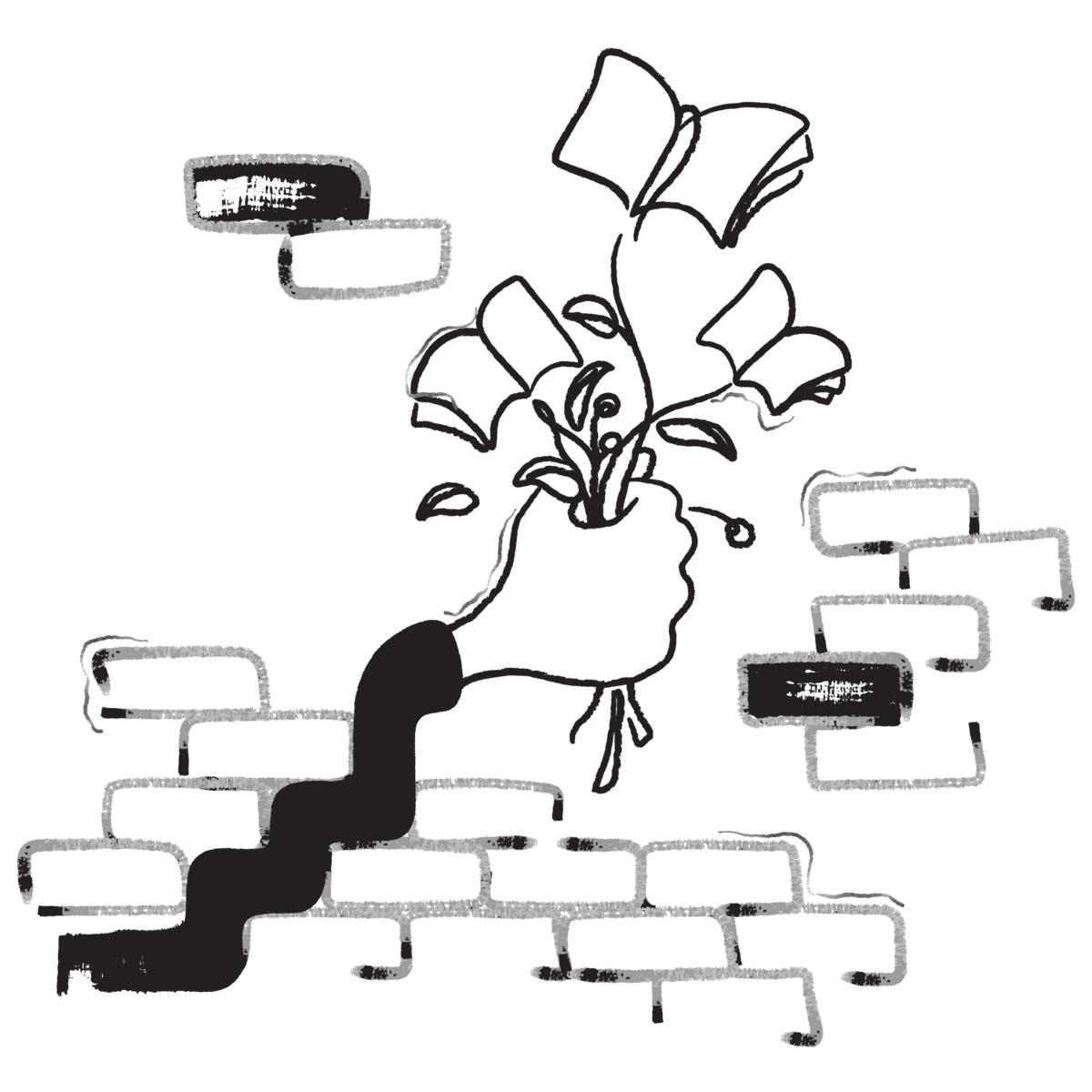TB871: Block 2 People stream references
Note: this is a post reflecting on one of the modules of my MSc in Systems Thinking in Practice. You can see all of the related posts in this category.
Just a quick post to share the books, articles, and other material referenced in the Block 2 People stream that I might want to come explore at some point in the future (Open University, 2020)
Abram, D. (1996) The spell of the sensuous: perception and language in a more-than-human world. New York: Random House.
Bateson, G. (1972) Steps to an ecology of mind. Chicago: University of Chicago Press.
BBC (2020) The listening project. Available at: https://www.bbc.co.uk/programmes/b01cqx3b (Accessed: 6 February 2020).
Fauconnier, G. and Turner, M. (2002) The way we think: conceptual blending and the mind’s hidden complexities. New York: Basic Books.
Friere, P. (1970) Pedagogy of the oppressed. New York : Herder & Herder.
Habimana, K. (1994) on Radio Télévision Libre des Mille Collines (RTLM), translated by Nsengiyumva, F. (1995) in Kinyarwanda transcript of UNICTR RTLM Tape 2, recording from 16-17 May 1994 [English translation]. Available at: https://repositories.lib.utexas.edu/bitstream/handle/2152/7182/unictr_rtlm_0002_eng.pdf?sequence= 2 (Accessed: 4 March 2020).
Hauser, D.J. and Schwarz, N. (2019) ‘The war on prevention II: battle metaphors undermine cancer treatment and prevention and do not increase vigilance’, Health Communication . doi: 10.1080/10410236.2019.1663465.
Hofstadter, D.R. (2001) ‘Analogy as the core of cognition’, in Gentner, D., Holyoak, K. J. and Kokinov, B. N. (eds.) (2001) The analogical mind: perspectives from cognitive science. Cambridge, MA: The MIT Press/Bradford Book, pp. 499–538.
Ison, R. and Straw, E. (2020) The hidden power of systems thinking: governance in a climate emergency. Abingdon and New York: Routledge.
The epic of Gilgamesh (1998). Translated from the original Akkadian and Old Babylonian by M. G. Kovacs. Electronic edition prepared by W. Carnahan. Available at: http://ancienttexts.org/library/mesopotamian/gilgamesh/tab8.htm (Accessed 7 February 2020).
Kövecses, Z. (2002) Metaphor: a practical introduction. New York: Oxford University Press.
Kövecses, Z. (2010) Metaphor: a practical introduction. 2nd edn. Oxford and New York: Oxford University Press.
Lakoff, G. (1991) Metaphor and war: the metaphor system used to justify war in the Gulf. Part 1 and Part 2. Available at: http://www2.iath.virginia.edu/sixties/HTML_docs/Texts/Scholarly (Accessed: 10 November 2020).
Lakoff, G. and Johnson, M. (1980) Metaphors we live by. Chicago and London: University of Chicago Press.
Laloux, F. (2014) Reinventing organizations: a guide to creating organizations inspired by the next stage of human consciousness. Brussels: Nelson Parker.
Livingstone Smith, D. (2011) Less than human: why we demean, enslave, and exterminate others. New York: St. Martin’s Press.
Merwin, W.S. (1968) Selected translations 1948–1968. New York: Athenaum.
Mintzberg, H. (1987) ‘Crafting strategy’, Harvard Business Review. 65(July–August), pp. 66-75.
Mintzberg, H., Ahlstrand, B. and Lampel, J. (2008) Strategy safari: the complete guide through the wilds of strategic thinking. 2nd edn. Great Britain: Prentice Hall Financial Times.
Morgan, G. (1986) Images of organization. Beverly Hills: Sage Publications.
OwlTail (2019) Best Podcasts 2019. Available at: https://www.owltail.com (Accessed: 6 February 2020).
Richards, I. A. (1965, first published 1936) The Philosophy of Rhetoric. New York: Oxford University Press.
Rossetti, C. G. (1865) Goblin market and other poems. London and Cambridge: Macmillan and Co.
Rutherford, J. and Vaselopulos, J. (2020) The Leadership Podcast. Available at: https://theleadershippodcast.com (Accessed: 6 February 2020).
Semino, E. Demje, Z. and Demmen, J. (2018) ‘An integrated approach to metaphor and framing in cognition, discourse, and practice, with an application to metaphors for cancer’, Applied Linguistics, 39(5), pp. 625–645.
Today (2019) BBC Radio 4, 2 September, 06:00.
Weick, K. (1993) ‘Organisational design as improvisation’, in Glick, W. and Huber, G. (eds.) Organizational change and redesign: ideas and insights for improving performance. New York: Oxford University Press USA.
References to references
- The Open University (2020) ‘References’, TB871 Block 2 People stream [Online]. Available at https://learn2.open.ac.uk/mod/oucontent/view.php?id=2261482§ion=8 (Accessed 7 June 2024).


